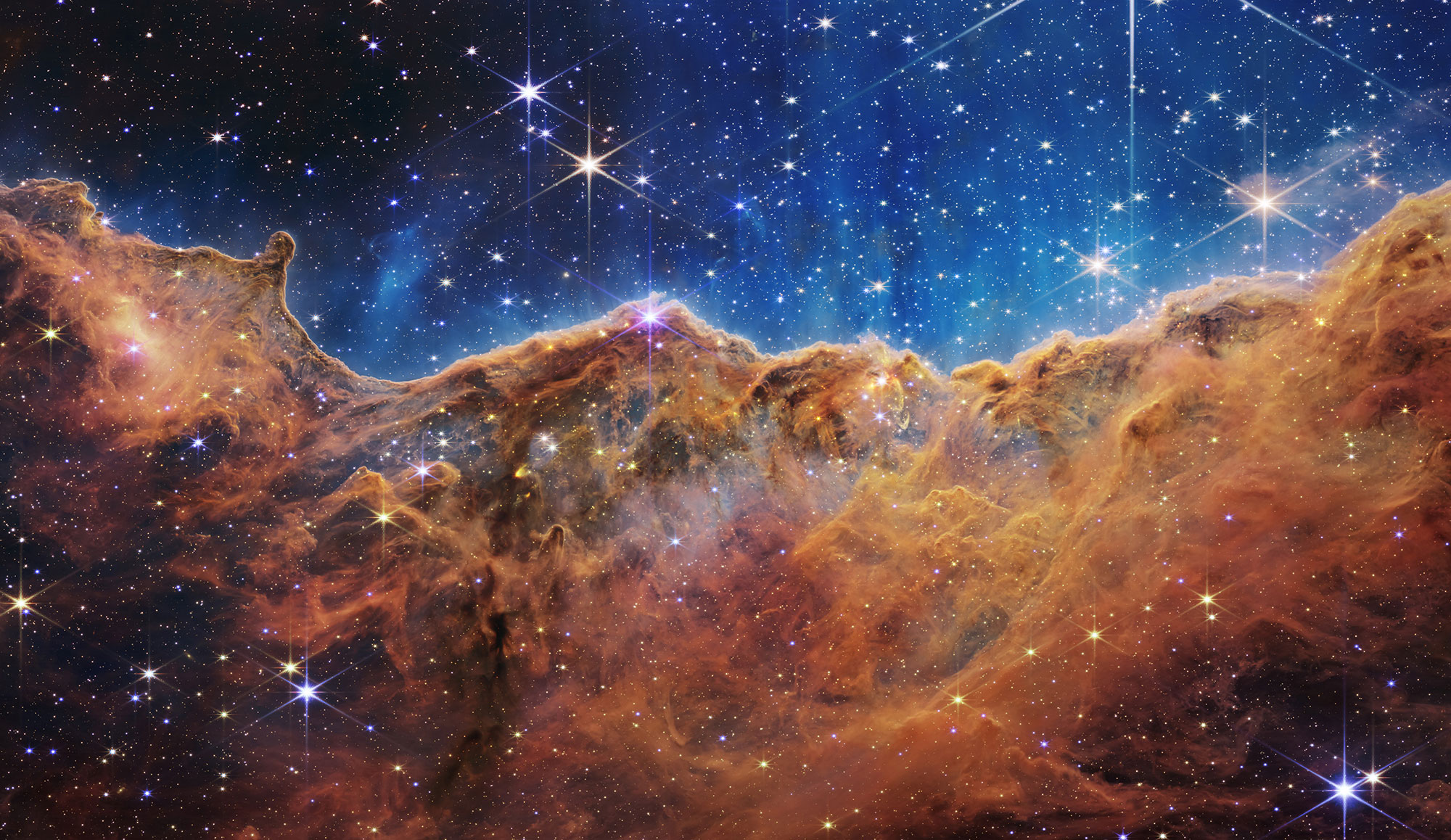In preparation for the first landing of humans on the Moon, NASA instituted a quarantine program for astronauts and their samples returning from lunar landing missions to prevent contamination of Earth with any possible lunar pathogens. An integral component of the back-contamination prevention process was the Mobile Quarantine Facility (MQF). Following lunar landing missions, the MQF housed astronauts and support personnel from their arrival onboard the prime recovery ship shortly after splashdown through transport to the Lunar Receiving Laboratory (LRL) at the Manned Spacecraft Center (MSC), now the Johnson Space Center in Houston. Under contract to NASA, Melpar, Inc., of Falls Church, Virginia, converted four 35-foot Airstream trailers into MQFs, delivering the first unit in March 1968 and the last three in the spring of 1969. The first unit, MQF-001, was used extensively for testing, with lessons learned incorporated into the later models. One of those exercises included placing the MQF aboard a US Navy vessel in April 1968 for compatibility testing. Deficiencies uncovered by that test were corrected in time for the second sea trial in early 1969.

On Jan. 21, 1969, MQF-001 was loaded aboard a U.S. Air Force C-141 cargo plane at Ellington Air Force Base near MSC and flown to the Norfolk Naval Air Station in Norfolk, Virginia. Six recovery specialists from MSC’s Landing and Recovery Division spent 10 days inside the MQF, first aboard the helicopter landing-platform USS Guadalcanal and then the destroyer USS Fox. Activities included attaching a flexible tunnel to link the MQF to a mockup of an Apollo Command Module (CM), as would be done after an actual recovery to access equipment and samples in the CM while still aboard the recovery ship. The overall exercise, successfully completed on Feb. 3, was a rehearsal to test all MQF systems aboard ships and aircraft as would be done during recovery operations after a lunar landing mission.

Following its return to Houston, on Feb. 6 engineers conducted a series of three simulated altitude tests with the MQF in Chamber A of the Space Environment Simulation Laboratory (SESL) at the MSC. The purpose of the exercise was to test the emergency oxygen supply system needed in case of a sudden depressurization of the aircraft that was transporting the MQF and the returning astronaut crew to the LRL. Three simulated crewmembers and three observers sat inside the MQF during the tests, which simulated decompression at an altitude of 35,000 feet. The tests met all objectives, verifying the MQF’s emergency oxygen system. Following completion of the sea and simulated altitude tests, workers at MSC prepared the MQF for its next activity planned for mid-March – simulated recovery operations aboard the Apollo 9 prime recovery ship, the USS Guadalcanal. The test coincided with Apollo 9 splashdown activities but did not involve the astronaut crew, using test subjects instead. The test began four days before the splashdown and rehearsed all quarantine activities as in an actual recovery including return of the test subjects inside the MQF to the LRL.



























